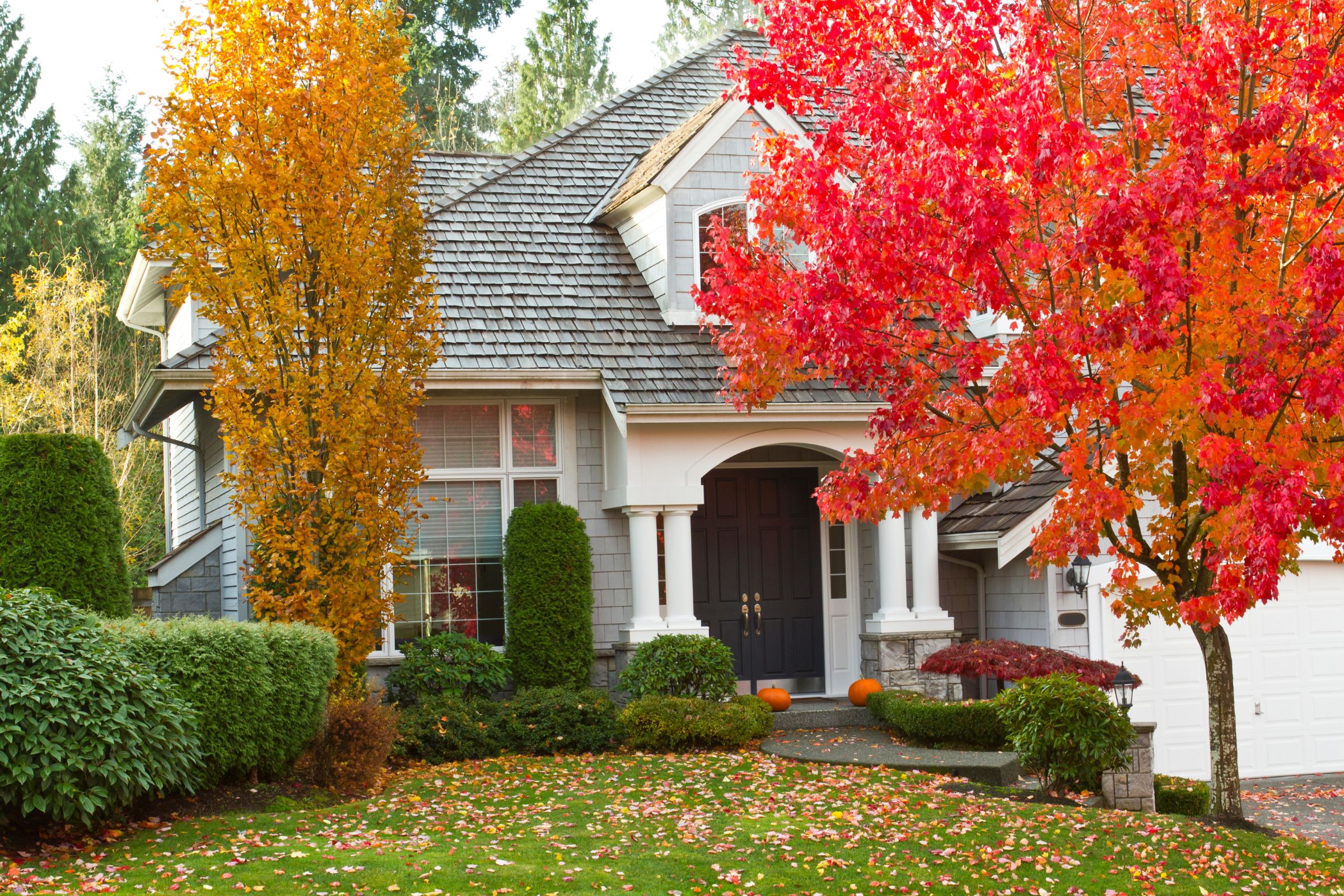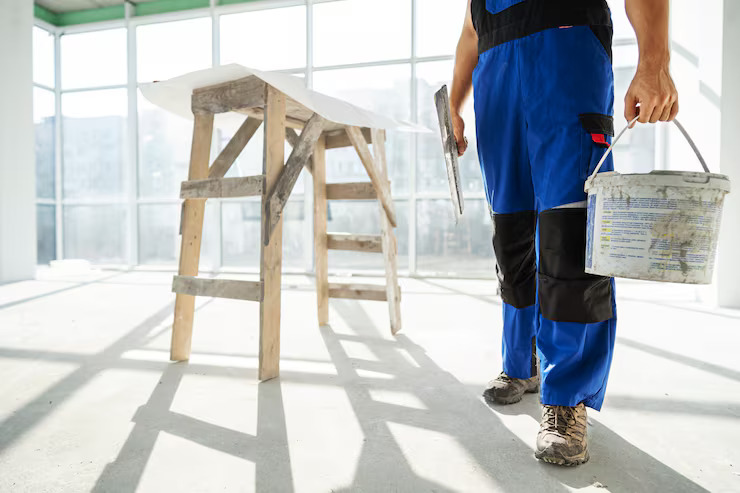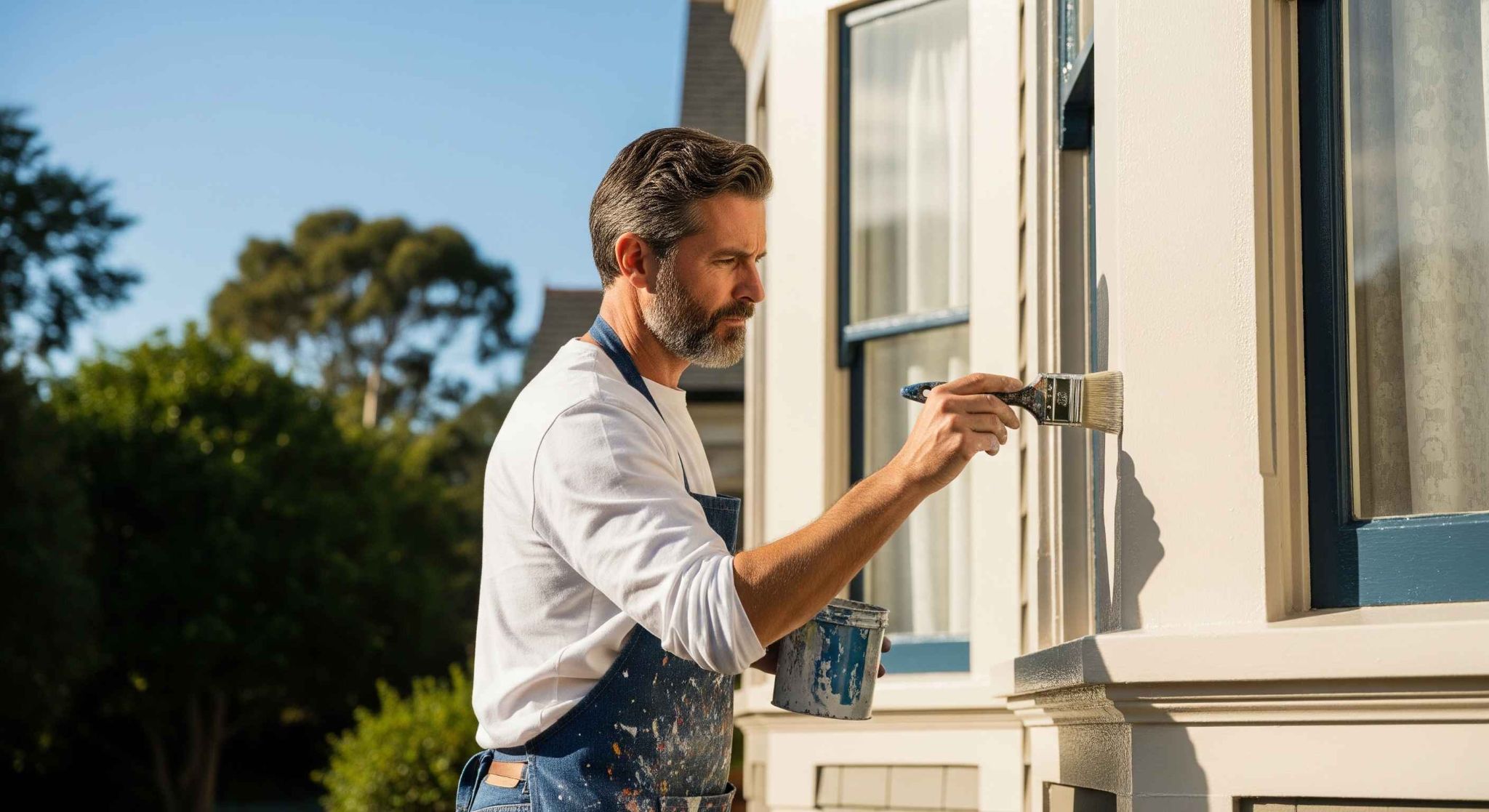Running a business smoothly in New Jersey requires careful planning, and that includes maintaining the…

How Seasonal Changes Affect Your Home’s Paint & When to Repaint
Your home’s paint isn’t just about aesthetics—it plays a critical role in protecting the structure from weather elements. Understanding when to repaint a house can make a significant difference in maintaining its curb appeal and preventing long-term damage. Seasonal changes, including temperature shifts, humidity, and extreme weather, all impact paint longevity. In this guide, we’ll explore how weather affects paint, the best time to repaint a house, and seasonal painting tips to keep your home looking fresh year-round.
How Weather Affects Paint
The condition of your home’s paint is directly impacted by seasonal shifts. Here’s how different weather conditions influence paint performance:
- Temperature Fluctuations: Extreme heat can cause paint to dry too quickly, leading to cracks, while cold temperatures slow down drying times, increasing the risk of uneven application.
- Humidity & Moisture: High humidity can cause paint to bubble and peel. Moisture seeping into exterior walls may also lead to mold growth, making preventing paint damage a priority.
- UV Exposure: Intense sunlight can fade colors and weaken the paint’s protective layer, especially on exterior house painting projects.
- Rain & Snow: Water damage from heavy rain or snow can result in peeling paint, while freezing temperatures may lead to cracks in painted surfaces.
To extend the life of your home’s paint, it’s essential to plan your painting schedule around seasonal conditions.
Best Time to Repaint a House
Each season has its pros and cons when it comes to exterior house painting. Here’s a breakdown of when you should consider repainting:
Spring House Painting
- Moderate temperatures and low humidity make spring house painting ideal.
- Rain can be a factor, so checking weather forecasts before starting is crucial.
Summer Painting
- Warm, dry weather allows for fast drying and even application.
- Extreme heat may cause paint to blister, so early mornings or evenings are best for painting.
Fall Painting
- Cool and stable temperatures offer a great painting window before winter.
- Less direct sunlight reduces the risk of paint fading too quickly.
Winter Painting
- Not ideal for exterior house painting, but interior projects can be done.
- Low humidity indoors helps paint cure properly without moisture interference.
For long-lasting results, when to repaint a house depends on both the season and the existing condition of the paint.
Signs That Your Home Needs a Fresh Coat
Wondering how often you should repaint? While it depends on factors like climate and paint quality, here are some clear signs that it’s time for a refresh:
- Peeling or Cracking Paint: Exposure to the elements can cause paint to deteriorate, leading to cracks and peeling.
- Fading Colors: Sunlight can cause paint to lose its vibrancy, making your home look outdated.
- Moisture Damage or Mold Growth: Dark spots, streaks, or mold indicate that the paint is no longer providing a protective seal.
- Chalky or Rough Texture: A powdery surface is a sign of paint breaking down and losing its durability.
Regular home maintenance and inspections can help catch these issues early, ensuring your home stays well-protected.
Seasonal Painting Tips for Longevity
A few strategic seasonal painting tips can significantly extend the life of your home’s paint job:
- Choose Weather-Resistant Paints: Look for high-quality, UV-resistant, and moisture-resistant options.
- Proper Surface Preparation: Cleaning, sanding, and priming surfaces before painting enhances durability.
- Use the Right Application Techniques: Brushing, rolling, and spraying techniques vary depending on the weather conditions.
- Follow Manufacturer Guidelines: Paint brands provide ideal temperature and humidity conditions for application—following these ensures the best results.
By implementing these tips, you can maximize the lifespan of your paint, reducing the need for frequent touch-ups.
Why Hire a Professional for Seasonal Painting Projects?
While some homeowners attempt DIY painting projects, working with a professional ensures high-quality, long-lasting results. Here’s how VanGo Painting can help:
- Expert Timing & Material Selection: Our team knows the best conditions for exterior house painting and selects the right paint based on seasonal factors.
- Precision & Efficiency: Avoid common DIY mistakes like uneven coverage, streaking, or premature peeling.
- Long-Term Protection: We use industry-leading paints and sealants to enhance weather resistance, helping with preventing paint damage over time.
By choosing VanGo Painting, homeowners gain peace of mind knowing their investment is protected with expert craftsmanship.
Conclusion
Seasonal changes have a significant impact on the durability of your home’s paint. Understanding how weather affects paint, knowing when to repaint a house, and following seasonal painting tips can help maintain your home’s appearance and protection.
If your home is showing signs of wear, now is the time to take action. Contact VanGo Painting today for professional guidance and a high-quality, weather-resistant paint job that lasts.


